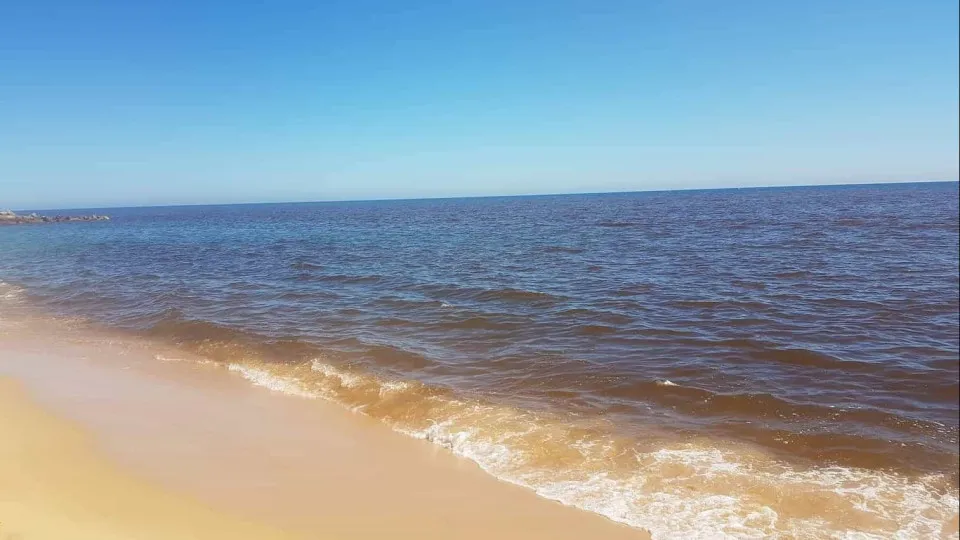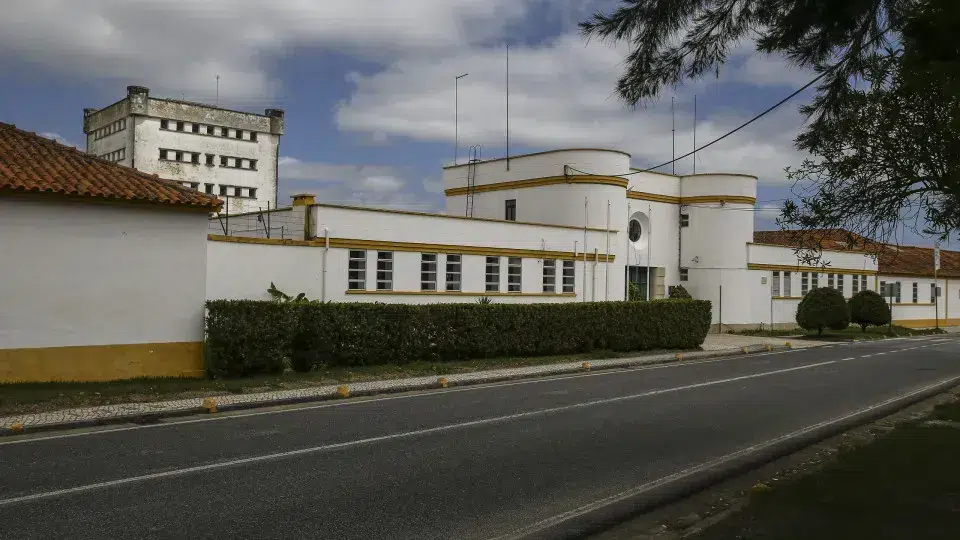
The Center for Marine and Environmental Research (CIIMAR) at the University of Porto has emphasized the importance of specific policies for monitoring, conserving, and potentially restoring marine forest areas. These areas are crucial not only as carbon sinks but also as vital habitats for ocean health.
In light of the climate crisis, scientists are advocating for the inclusion of these algae forests in marine conservation and blue carbon policies on both national and global levels, according to CIIMAR.
The study, published in August in Scientific Reports, focused on marine forests along Portugal’s northern coast, particularly the kelp species ‘Laminaria hyperborea’ and ‘Saccorhiza polyschides’. These species are predominant in the region.
The research was led by Francisco Arenas of CIIMAR and João Franco of MARE, with contributions from a team of researchers from both centers. It was funded by the BlueGrowth program of the EEA Grants, aiming to quantify for the first time the carbon stock stored by these habitats in northern Portugal.
“With the European Union’s Nature Restoration Act in its initial implementation phase, it is imperative to develop and implement effective ecological restoration techniques, especially in habitats that are highly vulnerable but also have high ecosystem service provision potential, such as marine forests,” noted Francisco Arenas, a researcher at CIIMAR, in the press release.
Kelp forests are habitats formed by large brown algae, playing a crucial role in maintaining biodiversity and local marine productivity, the institution describes.
Scientists warn that these habitats are highly vulnerable to climate change and note a detected “tropicalization process in Portuguese waters that threatens associated biodiversity and the ecological services these forests provide.”
This includes their ability to capture and store carbon, known as Blue Carbon, contributing to climate change mitigation, said the researcher.
The newly published results indicate that these forests store approximately 16.48 gigagrams (Gg) of carbon over an area of 5,100 hectares, equivalent to more than 5,000 soccer fields.
“Despite covering a relatively small area compared to the planet’s size, these kelp forests demonstrate carbon capture efficiency per square meter comparable to or greater than more extensive habitats,” they note.
This amount corresponds to 14% of the blue carbon inventoried for Portugal so far, with previous estimates limited to salt marshes and seagrass meadows, they claim.
“It is estimated that these habitats can sequester and export about a third of the carbon captured annually by all the country’s marine vegetal habitats,” they highlight.
“This exceptional carbon sequestration rate underscores the essential role, largely undervalued until now, of kelp forests in mitigating climate change,” observes CIIMAR.
According to Francisco Arenas, these marine forests are “often unknown and undervalued, despite having extreme ecological and economic importance along Portugal’s northern coast.”
These habitats are fundamental for their climate change mitigation capabilities and as promoters of local biodiversity, providing shelter, food, and breeding areas for numerous marine species.




